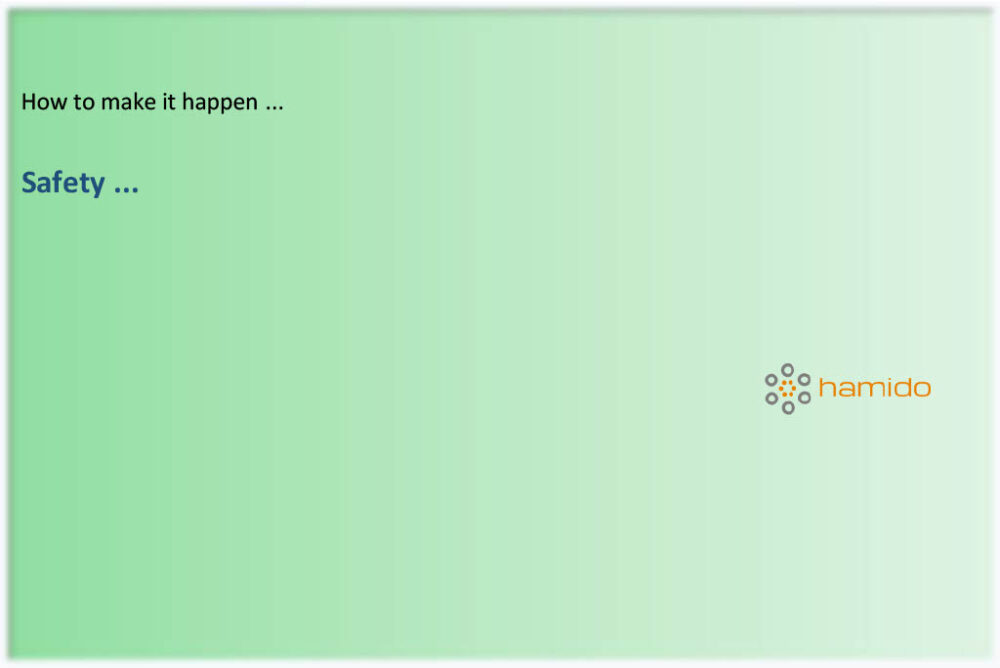Ear defenders are personal safety equipment which used to protect the ear against the irritating and inappropriate environmental conditions such as cold weather and noise.
The feeling of cold from the ear area is felt very quickly due to the thin layer of its skin. Using a hat to warm the ears sometimes creates an unpleasant feeling of warmth and sweating in the head and body, which is the reason that why many people just like to cover their ears. Also, feeling uncomfortable with ambient noises and the possibility of physical damage to the ear in the long term, especially in noisy work environments, has necessitated the use of ear defenders.
Note: Sounds above 80 dBA is dangerous for ears. For each level of noise (dB A) there is a maximum daily safe noise exposure times:
- 85 dBA , 8 hours
- 88 dBA , 4 hours
- 91 dBA, 2 hours
- 94 dBA, 60 minutes
- 97 dBA, 30 minutes
- 100 dBA, 15 minutes
- 103 dBA, 7 minutes
Note: dB NRR (Noise Reduction Rating) indicates the noise reduction capability of the earmuff (typically 22 to 31 dB).
Ear defender types: covers only the ear canal
- Earplugs
- Single use
- Multiple use
- Earmuffs
- Thermal
- Acoustic
- Passive
- Active
- Dual protection (earplugs and earmuffs)
Note: Some manufacturers combined earphone with ear defender.
Note: Active earmuffs are equipped with electronic component and microphones which enable the wearer to communicate and listen to specific sources while attenuating background noise.
Earmuffs parts: covers the outer ear
- Headband
- Cup
- Cushion (acoustic foam): absorbs the sound waves
Earmuffs material:
- Head band: thermoplastic / metal
- Cup: thermoplastic / metal
- Cushion:
- in passive type: cupped foam coated in hard plastic
- in active type: electronic component and microphones
Earmuffs applications:
- Construction sites
- Industrial sites
- Machinery work
- Concerts
- Shooting (firearms)
Related standards:
- OSHA
- MSHA
- NIOSH
- CSA Z94.2-14
- EN 352
- EN ISO 4869
- AS/NZS 1269.3:




Leave a Reply